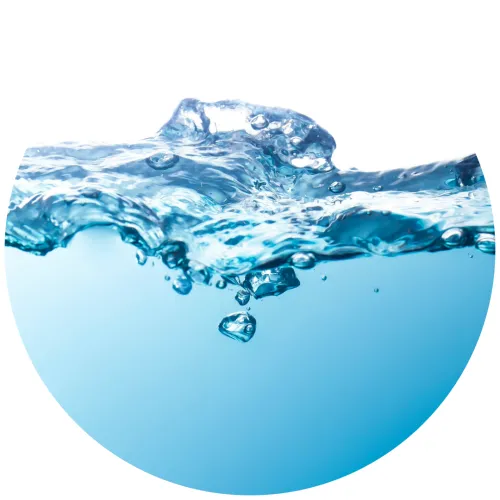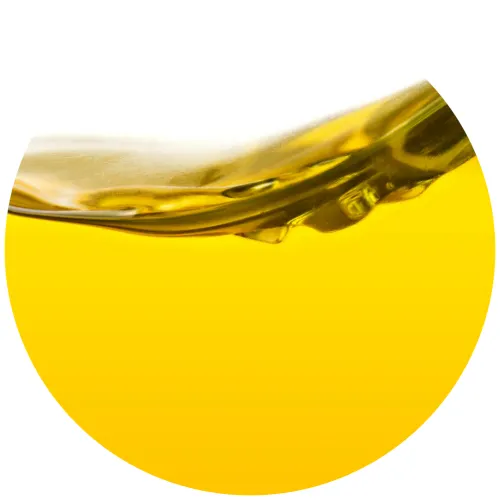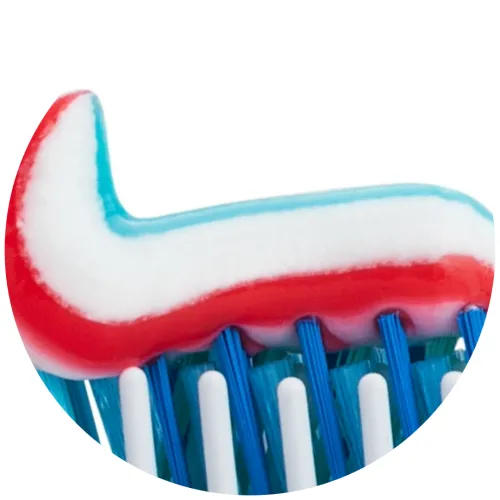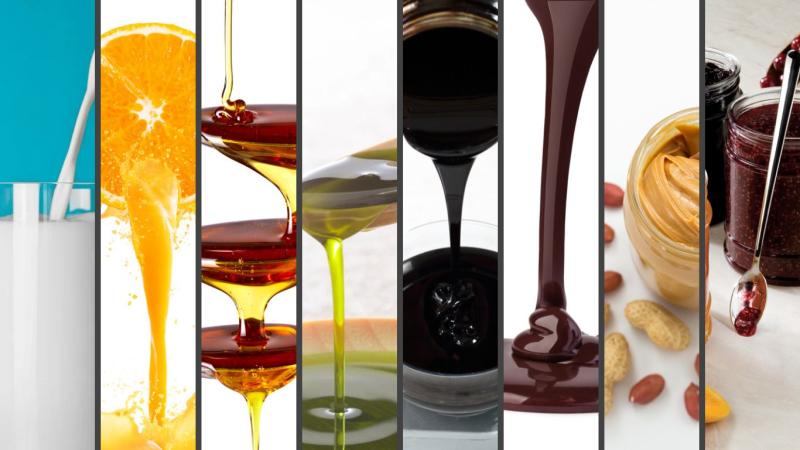One factor to consider when purchasing a pump for your application is the viscosity of liquids being transferred. Understanding viscosity, what it means, and how it impacts the efficiency of your overall production process will allow you to make the right decision when the time comes to purchase a pump.
Viking Pump Solutions
As the world leader in positive displacement pumping solutions, Viking pumps are made to handle a wide range of viscosities. View our options below to learn more.

Heading
Low Viscosity Liquids
Less than 20 cSt
Look for pumps with graphite bushings, mechanical seals, Mag Drive, and pumps best suited for thin liquids like LVP Series™, Motor Speed, and Spur Gear.
Common Examples of low viscosity liquids:
Viscosity of Water 1 cSt
Viscosity of Diesel Fuel 4 cSt

Heading
Moderate Viscosity Liquids
20 to 5,000 cSt
Most Viking pumps with standard construction thrive in this level of viscosity. Browse our product offerings.
Common Examples of moderate viscosity liquids:
Viscosity of Olive Oil 70 cSt
Viscosity of Hand Soap 3300 cSt
Viscosity of Corn Syrup 3600 cSt

Heading
High Viscosity Liquids
More than 10,000 cSt
For highly viscous fluids, you'll want to look for extra clearances, steel fitting, O-Pro® Seals, triple lip seals (or abrasive liquid seals). There are other considerations you can take as well including port size, speed of the pump, etc.
Common Examples of moderate viscosity liquids:
Viscosity of Honey 7000 cSt
Viscosity of Toothpaste 70000 cSt
Through Thick & Thin

Viscosity Through Thick and Thin
Viscosity is a measure of a liquid’s resistance to flow. And you don’t need to work in a laboratory to observe this. Anyone who’s spent any time in the kitchen has observed a variety of liquids with a wide variety of viscosities.
Water, milk, and fruit juice all flow very easily; this can be observed when you pour each into a glass. These are all examples of low viscosity or thin liquids.
Other examples such as vegetable oil, maple syrup, and dish soap are considerably more viscous, resisting flow and pouring out more slowly. These are all examples of medium viscosity liquids.
Honey, molasses, and melted chocolate are very difficult to pour and often we reach for a spoon or other utensil to speed the process. These are all examples of high viscosity liquids.
Peanut butter, jam, and caramel often don’t pour at all and require utensils to get them out of the container. These are all examples of very high viscosity liquids. These liquids are so thick that they begin to blur the line between liquid and solid. But unlike solids the viscosities of these liquids can be measured and quantified.
Click here to read the full blog post on viscosity written by resident pump expert, Chad Wunderlich.
Contact Us
While viscosity is a huge part of selecting the best pump for your application, there's more factors to consider. Let our application experts help!
Types of Viscosity Measurement
Types of Viscosity Measurement
- Kinematic Viscosity is dependent on the density of the liquid. There are a variety of units of measure, but the most common is centistokes, abbreviated cSt.
- Dynamic Viscosity is dependent only on shear stress or forces involved in the deformation of the liquid. There are a variety of units of measure, but the most common is centipoise, abbreviated cP.